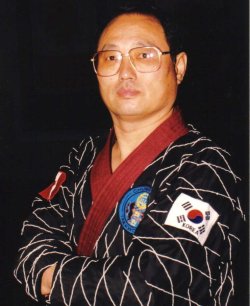bluepanther
Orange Belt
- Joined
- Nov 18, 2023
- Messages
- 96
- Reaction score
- 19
This sounds very efficient. I remember many years ago there was a karate school that taught a "condensed" version of the art. They only did Pinan 1-5 up to blackbelt and did Kusunku as a blackbelt and that was it, 6 kata. They kicked and punched the makiwara and sparred constantly. They had so many trophies in their window and had a reputation as hard fighters. Sometimes less is more. All these endless bunkai never win a fight, but hard and fast punching and kicking will. This is in a striking context, of course.As far as the benefits you get from the forms, I believe I've recreated that quite nicely. I also think I've paced it better. 8 forms up to black belt, no new forms after black belt. My forms are slightly more difficult than a typical Taekwondo colored belt form, but much easier than the types of forms I see Kung Fu guys post on here as "Form 1". The idea behind only having 8 forms is that once you get to a certain point (i.e. black belt), you've learned enough forms already that learning more forms is just proving you can memorize more stuff. The time it takes to learn a new form is much less than the time it takes to go from one degree to the next

